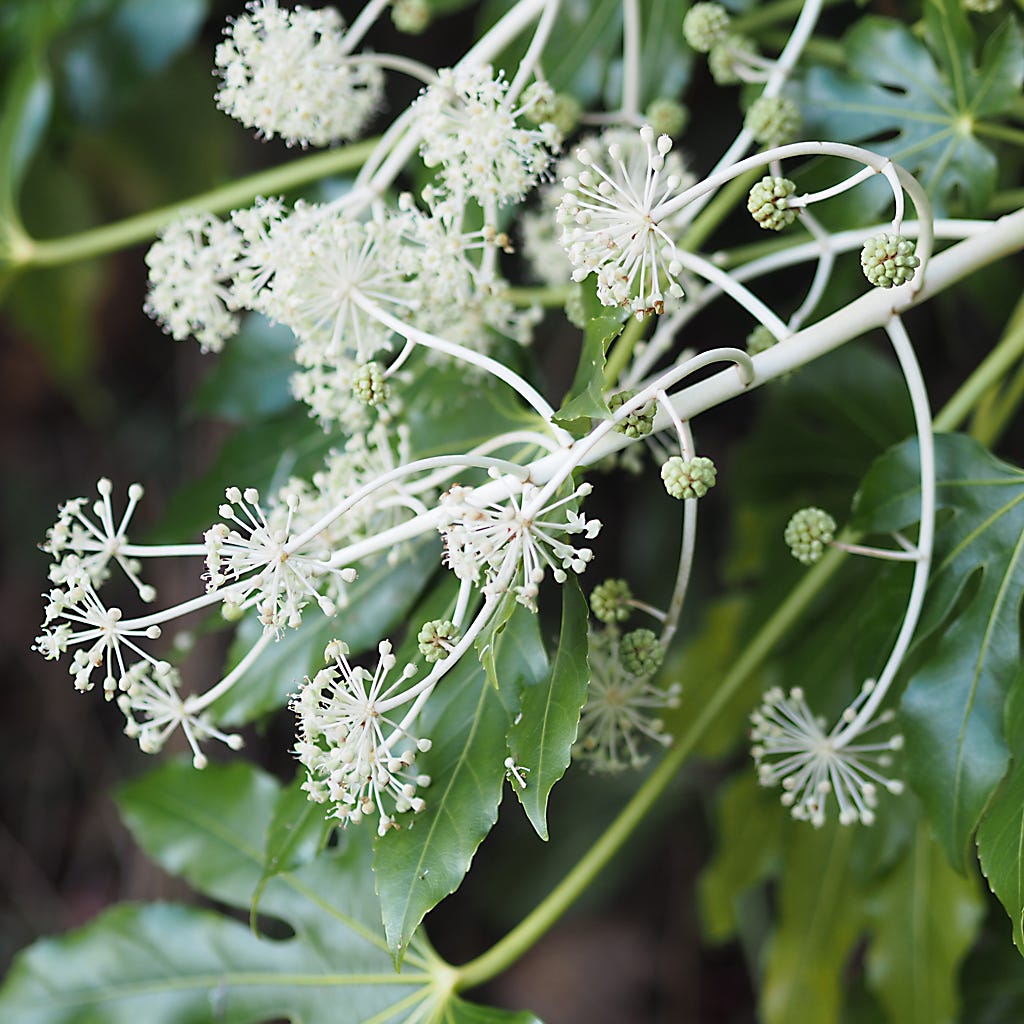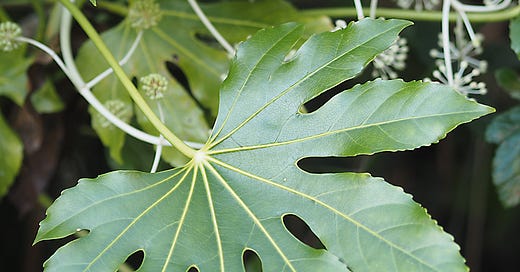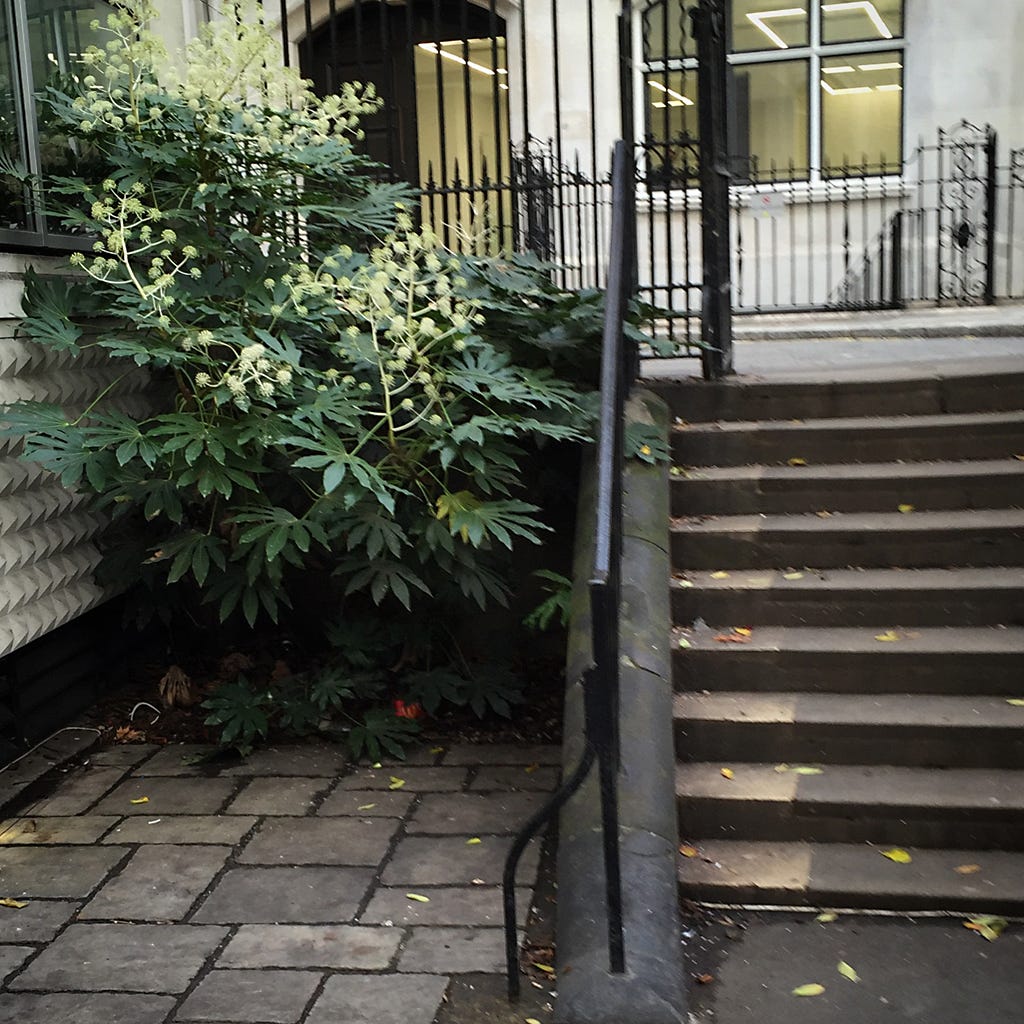A little housekeeping first. Though I’ve yet to wrestle with anything like a paywall, I’ve finally gotten around to turning paid subscriptions on for Bramble & Briar. And so, if you’d do feel able to support this publication of mine by crossing my palm with silver, I’d be delighted. I will be keeping a regular schedule of free posts, just like this one, though paying subscribers will eventually receive them more often. For the remainder of 2024, it’s all still free. Ooh, yes, there’s also a Founding subscriber tier, with a little something special thrown in – an online garden coaching session with me, complete with an initial questionnaire so you can get the most out of our time together, and 30 days email support afterwards. I have typed all the details for this into a form somewhere behind the scenes, so I’m hoping all will be revealed if you click on a button, which should say something like “upgrade”, or possibly, “manage subscription” (Substack buttons are magical and tricksy things, changing dynamically depending on who’s looking at them, which is a thing I’d quite like to be able to do myself). Anyway, enough of that. I have a plant to introduce you to...
Jazz hands and space stations. It’s not really what you expect from a shrub, but it’s what you get with a fatsia. Dinner plate sized, palmate leaves and distinctly structural, out-of-this-world flowers, a combination which you might think would make this plant a difficult character to fit into a garden, but really, I can’t imagine ever gardening without one. Or two – actually, I’ve got a second one presently threatening to climb out of the pot into which I’ve rudely planted it.
Our fatsia – Fatsia japonica, to give it the full biological name, otherwise known as the false caster oil plant or Japanese aralia – was in the small haul of shrubs I brought back from a visit to a nursery, sadly no long there, near the Ashdown Forest about 18 years ago. We were getting the garden established, had marked out some generous borders, lifted the turf, and things were starting to appear less paddocky and more gardeny – at least, it looked as though things were about to happen. What we really needed was some structure, some sense of presence that we hoped would endure from one season to the next and help to break that sense the space had of being little more than a small, flat and grassy plain. This was before we put the yews in – we didn’t quite have the budget for that while the house was in such a state – and though not all the shrubs I’d selected were evergreen, this one was. I’d seen the fatsias in the Victoria Embankment Gardens, just in front of Gordon’s Wine Bar on Villiers street (I was, and continue to be, more of a lunch-time-sarnie-on-a-park-bench than a leisurely-meal-in-a-wine-bar kind of person, but either would be just as familiar with the shrubs), so it seemed both familiar, and friendly. And the jazz hand thing – there’s a place for that kind of exuberant enthusiasm in the garden, at any time of year.
I had yet to discover that the fatsia is a shrubby near-relative of the English ivy – the structure of the spherical flower heads should have been a clue, even if the fatsia’s are a startling, bone white compared to the deep, dusky grey-green of the ivy’s. They

bloom in autumn and winter, providing vital food for late pollinators. Both eventually produce blackish berries, though I don’t remember those of the fatsia bearing quite such a resemblance to a jackdaw – charcoal grey with a black cap – as the ivy’s. But resilience, I learned, was a familial trait – snow, frost, wind, floods, scorching heat – the fatsia shrugs it all off, even though it clearly has a preference for a life in partial shade. I have seen plants that have yellowed in too much sun but ours, in a south facing spot, seems to have escaped this problem, probably because as it’s grown, the hedge on the other side of the garden has increased in height, filtering the harshest of the direct sunlight. Wan looking fatsias I’ve known have also been planted very close to tall trees and hedges, suggesting that they like a pretty free run at the roots. And while they seem neither to sucker nor seed about, they do like to fill out their space, both in terms of height and girth. The little plant in the two litre pot I planted nearly two decades ago is at least eight feet wide and roughly the same in height, and it got to that size in a few short years. But in spite of such large foliage, it’s not a dense plant – not the kind of evergreen you can clip into topiary, or a persuade into a hedge – so while there’s no denying its presence, there’s a certain airiness about its form; plenty of opportunity to plant around and beneath. It’s my shiny, green-leaved, generously proportioned friend – one I can always rely on, who asks for very little, if anything, in return for the pleasure of its company.







Our fatsias seem to end most winters looking shocking. And, in one instance, dead. Though we are not esp cold, being on the Welsh border, UK.
However, a brave and radical chop has so far seen their revival. Except for the corpse.